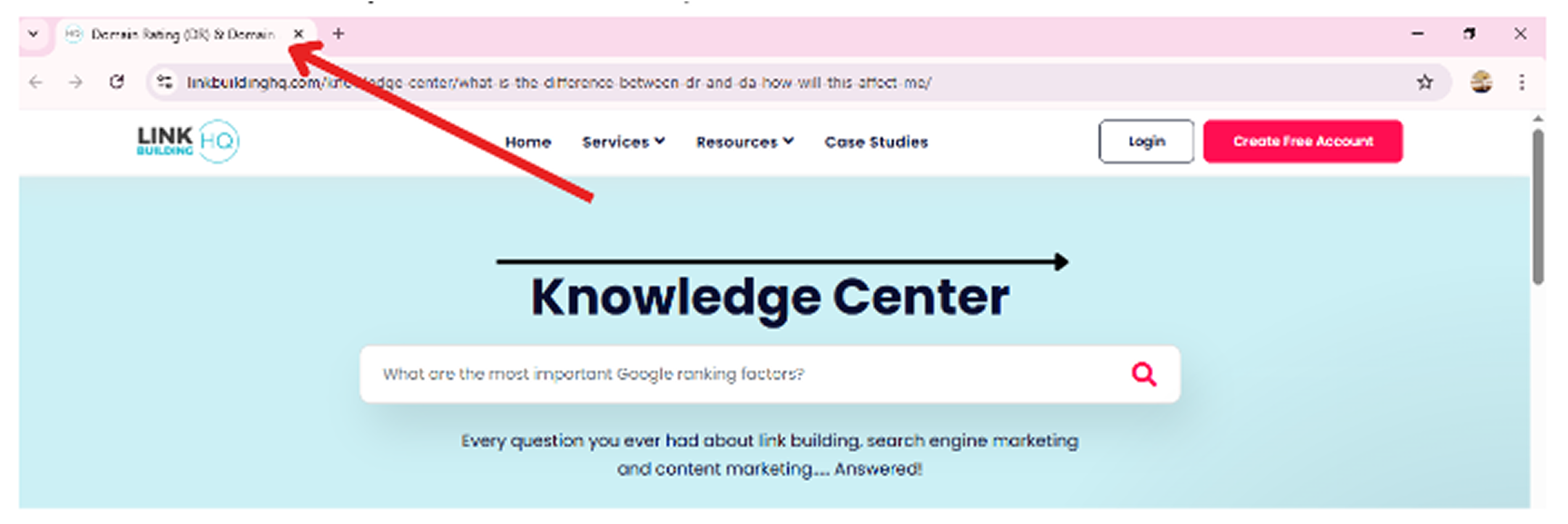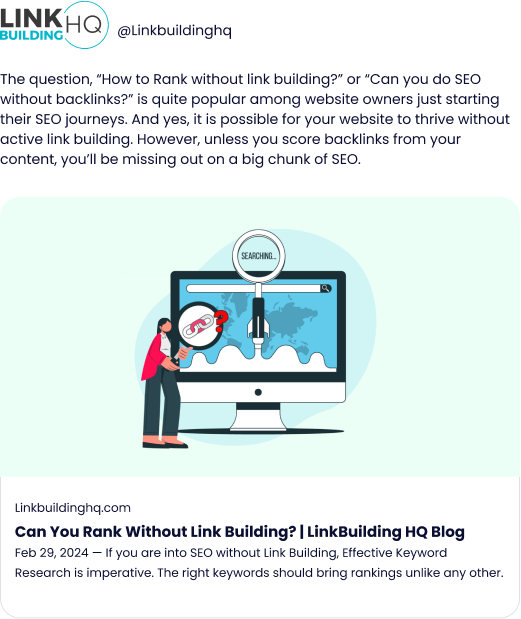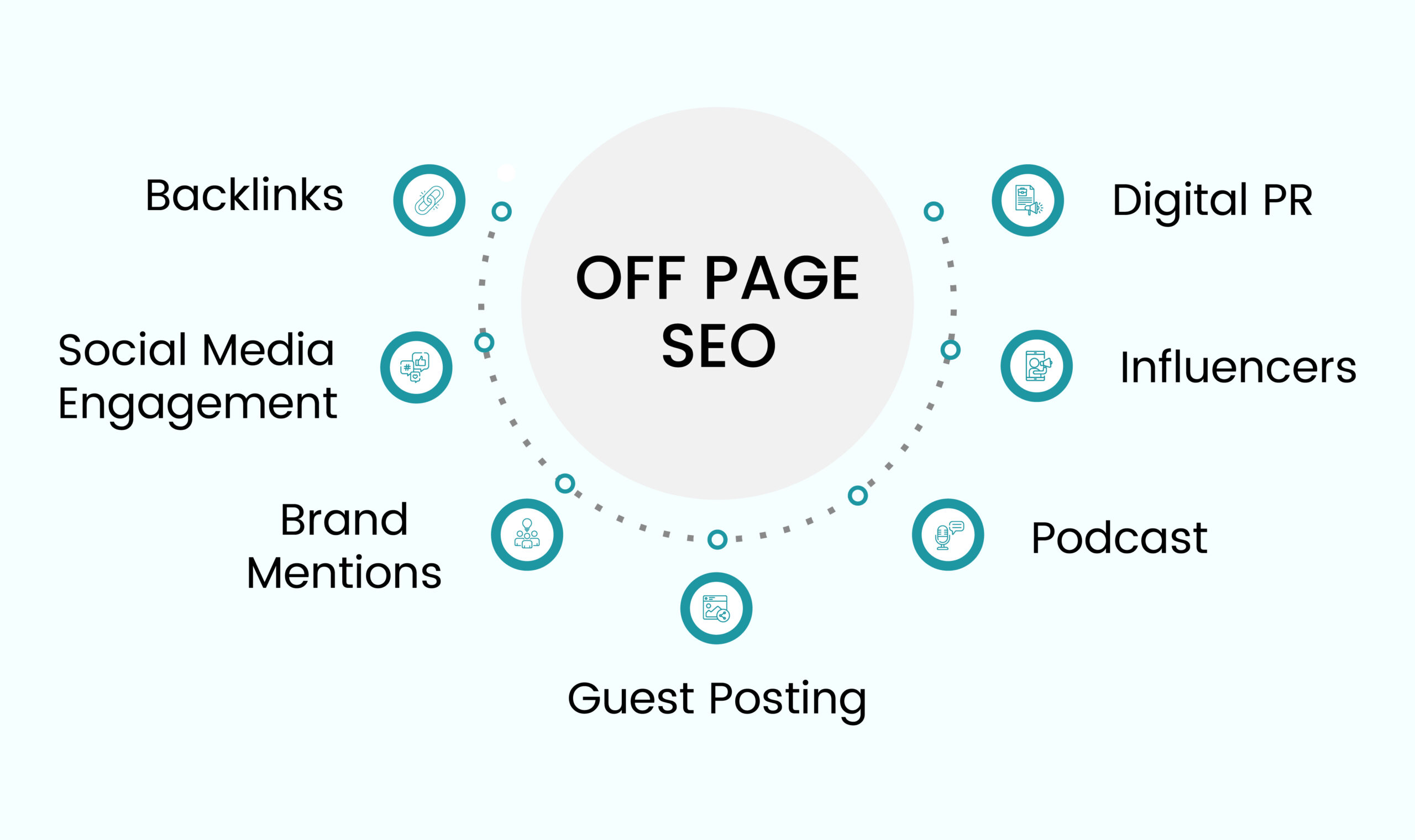Free Meta Title & Description
Length Checker Tool
Quickly analyze how your page titles and meta descriptions will appear in Google search results.
Avoid truncation and improve click-through rates with this free, easy-to-use tool.
The Ultimate
Success Formula:
How To Write
Click-Worthy
Title Tags

Treat title tags as an indirect authority metric that helps CTR by informing users about the intent of the page with a clear and concise preview.
Keep your meta title within 60 characters, and the meta description should be within 160 characters, as it presents the best display on SERP — complete with text and premise of the page.
Avoid using auto-generated meta tags from Google, as they do not provide the same click potential as a tailored meta title and description.
Start your meta description with your primary keyword or phrase to instantly show users that your page delivers exactly what they need—just make sure it reads naturally and flows smoothly.
Encourage clicks using power words and emotional triggers in your CTA.
Prioritize using your H1 as the meta title to minimize the likelihood of Google altering it through automated optimization.
For relevant pages, consider adding your company name towards the end of the title tag to boost brand recognition.
Manage truncation by limiting your titles to 580 pixels and descriptions to 920 pixels.
Preview the content of your meta title and description using the LBHQ meta tag checker tool to eliminate the chances of truncation.
Match user
intent
Stay under the
character limit
Add primary
keywords
Throw in some
power words
Mention the
brand name
Use a CTA

What Is A Title Tag?
A title tag is a link to your website with a relevant headline that appears on the SERP. It redirects users to your website pages via Google search, social media posts, and browsers. It's what creates page identity for individual pages and the actual domain via a short and clear snippet of the page's content. Google defines title tags as:
“A title link is the title of a search result on Google Search and other properties (for example, Google News) that links to the web page.”
Understanding how to employ this on-page SEO element properly is among the most effective techniques for generating organic traffic. By optimizing title tags, you can boost your chances of rankings and clicks.
Title tags consist of two parts: a meta title and a short meta description right under the title. Combined, they offer a complete summary of the page within a limited SERP space. You can use any free SEO title checker tool online to find the ideal length, pixels, and keyword density for your pre-written title tags.
But what are the two parts of a title tag? Let's discover below:

Meta Title:
The meta title is the headline of a page that appears as a clickable link on the search engine results page. It captures page info within 4-10 words and can be used as clickbait for people searching for a targeted keyword. To understand the ideal length of the title, use our meta title checker tool above.

Meta Description:
Meta description presents a precise and straightforward overview of the page, so users know what to expect when they click on a page. It can be specified in the meta description tag to appear as the body for meta title. Check how well your meta description fits into Google's pre-dedicated space on SERP with our Google SERP preview tool.
SERP Preview:
However, the meta description should be a pre-designated length in terms of text and pixels, as it might otherwise get cut out from the SERP preview. To check what the ideal length and final preview of meta tags on Google SERP looks like, use this free meta description checker tool.
Do Meta Tags Really Matter In SEO?
Let's Explore Why They May Be Important
Meta tags create the first impression of your page in front of anyone searching for a query that matches your targeted keywords. Aside from impacting ranking and indexing factors, it is also an indicator of the site's user experience. When it comes to SEO, the meta title plays a key role in shaping on-page optimization, eventually influencing click-through rates (CTR) and contributing to overall website traffic.
Improves User Experience
A clear brief of the page helps users identify what the page has to offer before they click. This reduces the likelihood of them bouncing back.
Direct Correlation with CTR
Your title tag is where a user's eyes first lands, and if it effectively matches their search intent, there is no power in the world that will stop them from clicking.
Search Engine Signals
Meta tags that incorporate keywords seamlessly act as an indication for Google bots that this page is relevant to any specific search query.
Impacts Rankings
A page that's optimized for meta tags has a higher likelihood of shifting positions on SERP, leading to improved rankings with time.
Poor Titles = Lower Visibility
Ultimately, it all comes down to this. If meta tags are neglected in your search ranking campaigns, it will end up crippling your rankings, CTR, and engagement.

How & Where Do Users See Your Title Tags?
While title tags are mainly generated for the purpose of Google SERP previews, they might also appear in other instances within
browser tabs and social media. Let's discover where and how they are located.

Search Engine Results Page
A meta tag or page title is created both for the searchers and search engines. It is displayed in the form of a clickable text linking to the relevant page. By offering a clear and concise preview of the page's content, it enhances user experience on both the search engine results page and your website. Here's an example of a meta tag, where “Domain Rating (DR) & Domain Authority (DA) | LBHQ” is the title, and the content below is the page description.

Browser Tabs
when you click on a link from SERP, it opens a new tab. The meta title can also be seen on the top of this window tab, as:
Social Media Posts
When you share the link to a web page on your social media, it will display a snippet of the page with its meta tags.

How To Use Our Meta Tag Checker:
Get Started in 3 Easy Steps.
Check whether your meta title and description match SEO standards with our all-in-one SEO title tag checker. Identify potential issues in your page's meta tags, like duplication error, length that's too long or too short, and possible truncation. Use this free title tag optimization tool to assess meta tags for every page on your site, making sure your website is represented accurately in the SERP.
Pick your Meta
Select the tool you wish to use
from our meta title or meta
description checker.


Check your content
Add the pre-written meta title or
description into the given box,
and hit search to view results.
Test your meta title or description
Our combined meta title length checker,
keyword optimizer, and preview checker
will evaluate the length and final display
of the meta title and description.


Best Optimization Practices for Meta Title & Description
Google has defined a complete list of optimization techniques for title tags that may or may not impact your rankings. According to popular belief, there are several strategic ways to tailor your meta tags, which will eventually help churn out the best preview for your SERP rankings. You can also use a meta tag analyzer to see whether your title tags align with these standard practices.
Here's what Google says about meta tags:
“Google uses a number of different sources to automatically determine the title link, but you can indicate your preferences by following our best practices for influencing title links.”
And we always recommend writing your own meta tags, as auto-generated tags may not fully deliver the intended value of your pages. Let's find out how to write SEO friendly meta titles and descriptions to drive your pages to the top positions.
Define Page Content Clearly
Crafting the ideal meta copy is simple, but somewhat tricky. It doesn't need to have highly complex words and fancy connotations, but a simple explanation of the page that appears after the user clicks on the provided link in the title tag. To make things simpler, here are three standard practices for writing click-worthy meta tags:
- The content of each meta title and description should be unique to the page it leads to.
- Must clearly state the main purpose or topic of the page, allowing users to pre-assess whether it matches their intent or not.
- Begin or end with a call to action to capture readers' attention from the very first glance.
Stay Under The Character Limit
You don't want half the text of your meta title or description to be cut out from the Google SERP preview; therefore, it's best to follow the pre-defined character limit for meta title and description. Stay under the following word count cap to ensure no truncation in the final draft:
Meta Title — 50 to 61 characters (recommended length: 55 characters)
Meta Description — 150 to 160 characters (recommended length: 155 characters)
Use an SEO title length checker to make sure you don't just match the meta tag length requirement, but also don't exceed pixel size that may cause truncation.
Write To Serve Dual Purpose
What we mean by dual purpose is that it should align both with the searcher's and the search engine's requirements. Your page title and description should be engaging enough for anyone scrolling through the SERP, as well as technically sound enough for search bots to identify it as relevant to a specific query.
Include the Primary Keyword
Imagine your searcher is looking for “link building service” on Google. Their click decision is highly reliant on the first impression of your page, which evidently is delivered via your meta title and description. Now, if your title and description contain the seed keyword in the first line, they are 80% more likely to click than if they didn't.
Since it is highly recommended to use the primary keyword in your meta tags, we recommend using a title tag optimization tool with the feature to check for keyword optimization.
In case your page targets two focus key phrases or words, it's best to insert them in two separate sentences within the meta description.
Add CTA
The use of trigger words and emotional signals is a pro technique when working on meta tags. It helps immediately catch the user's attention and convince them to choose your page over a ton of other listings. Here is a simple tip to create a perfect CTA in your meta tags.
Meta Title — Grab the attention of the user with social signals.
Meta Description — Create a clear call-to-action.
Research SERP Trends
Before using any SEO title tag preview tool, it's recommended to do your own research to find the most relevant keywords in your niche. Run a competitor analysis to spot key phrases and CTAs they are using in their meta tags. You may also get value through SERP features like “People Also Ask,” the Featured Snippets section, and AI overviews.
FAQs: We're Here to Help
The ideal length for a meta title is 55–60 characters within a 580-pixel threshold. This ensures your title accurately fits into the search engine results pages (SERPs) display without getting cut off. While character count is a good guideline, pixel width is more accurate since certain characters take up more space than others. You may want to use a meta description length checker and title length optimizer for this purpose.
It is not recommended to use the same title tag on multiple pages, as it might end up generating a canonicalization issue. Meta tags must be unique to each page and clearly define the topic of the content in a few sentences.
Google will automatically generate a meta title and description based on content signals like headings, visual elements, style treatments, anchor text, and the website’s structured data.
Sometimes, Google might not use your indicated meta tags for multiple reasons. Since the goal is to match the primary intention of the search, Google sometimes pulls a content snippet from your page rather than using your pre-designated HTML code. This will be done in one of three cases:
- The main topic of the page is not correctly stated through the given title and description.
- The title and description are very short.
- The page content and meta tags do not complement each other.
Related Post

Get links from Manual Blogger Outreach
Secure high-quality backlinks from relevant websites through personalized and effective outreach strategies.





